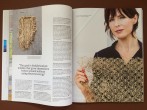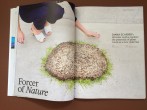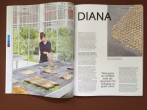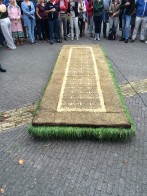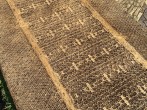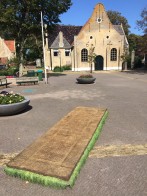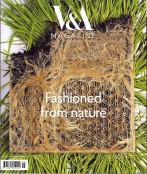

#1


#2
Interview with Caroline Roux about growing a dress from plant roots, which features in the Victoria & Albert Museum ‘Fashionioned from Nature’ exhibition.


#1
The HORTITECTURE 03 Symposium is the third of a series of public lectures, focusing on alternative sustainable building strategies that explore the synergies combining architecture and plant material.
How are plants integrated within the building system?
What kinds of benefits can a new kind of nature-artifact combination offer?
How do the plantings affect the overall environment and architectural design?
What is the maintenance factor and how scalable are these new solutions?
In studying the intersections between architectural, horticultural and technological practices, our goal is to transfer knowledge beyond building design to a larger urban scope, creating better, more sustainable future cities.


#1
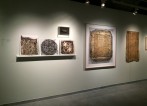

#2
Van Zoetendaal & The Collection
20 May- 3 September
Exercising his expert eye for the beauties of photography, guest curator Willem van Zoetendaal will introduce us to over 200 photographs from the Collection in their original form: that is, directly printed from the negatives. Many of the photographs in the exhibition are well-known in cropped versions but are now being shown for the first time in their entirety. Van Zoetendaal demonstrates that a great deal of information about the photographer’s vision and approach can lie in precisely those apparently insignificant and casual details that cropping tends to eliminate.
Van Zoetendaal will reveal the continuing relevance of the photographs in the museum collection by complementing them with contemporary photographs. The combination produces unexpected links and parallels between past and present. For example, the fact that photographers – then as now – were attracted by motifs like solitary trees, moonlight or reflections in water.
Participating photographers
From the Collection: Katharina Eleonore Behrend, Paul Citroen, Cobie Douma, Bernard F. Eilers, Wally Elenbaas, Ed van der Elsken, Kees Hana, Esther Kroon, Cas Oorthuys, Frits J. Rotgans, Paul Schuitema, Paul Steenhuizen, Richard Tepe and Piet Zwart.
Contemporary photographers: Céline van Balen, Ruth van Beek, Holger Niehaus, Arjan de Nooy, Diana Scherer, Otto Snoek and Harold Strak.
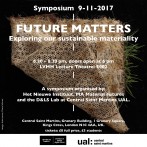

#1
9-11-2017
Exploring Our Sustainable Materiality
We live in extreme times, from mass global migration, rapidly changing ecosystems to radical shifts in the world’s superpowers, we are witnessing seismic changes in the way we live, work and survive. Our current systems for managing and tackling these changes seem outdated and unreliable. As designers it is our responsibility to look beyond the conventional and probe, question and explore how we can, should or want to shape the future.
Exploring the notion of ‘Sustainable Materiality’, Het Nieuwe Instituut and the MA Material Futures program at Central Saint Martins have invited design practitioners who not only shape and work with materials, but who are also interested in redefining our current systems of manufacture, consumption and current material culture. With sustainability at the heart of each of our invited guests’ practice, we encourage debate and discourse exploring how we, as designers, should and can address some of the challenges facing the material world.
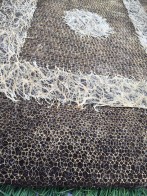

#1
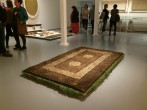

#2


#1
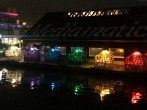

#2
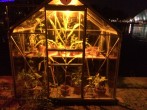

#3
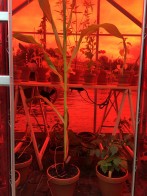

#4
In collaboration with Radboud University Nijmegen.
With this botanical test I investigate how different colors of wavelengths influence the shape, taste and medicinal powers of different plants. Photosynthesis: the process in plants that turns sunlight into chemical energy. It influences the shape, structure and colour of plants and explains why fauna in the tropics is often green and plentiful and turns yellow and sparse when placed in the dark. But what would happen if they are cultivated in the light of a specific colour? Do blue-grown herb leafs look different from orange ones? And will bushes standing in yellow light hold more fruit than those from a violet world? For this project we builded six greenhouses in which different plants are grown. Each greenhouse consists of a different coloured stained window, in order to stimulate the growth of a variety of vegetables, herbs and weeds.
23 June – 30 September
Mediamatic Dijkspark 6, Amsterdam
Het werk en onderzoek is mogelijk gemaakt door het steun van het Mondriaanfonds.

